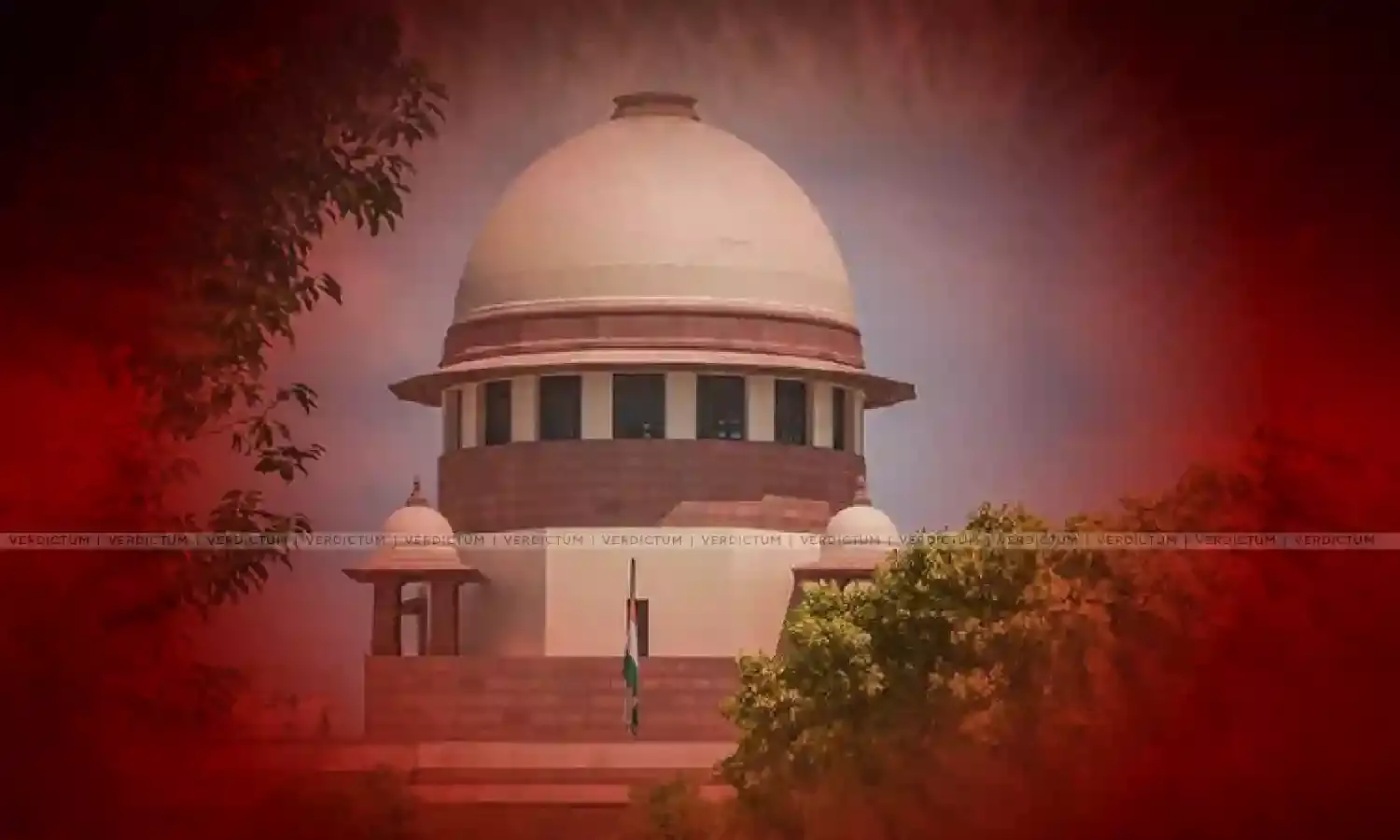Only If A Dispute Truly Exists In Fact & Is Not Spurious, Hypothetical or Illusory, Application For Initiation of CIRP Has To Be Rejected: Supreme Court

A two-judge Bench of Justice R.F. Nariman and Justice B.R. Gavai noted that if a dispute truly exists in fact and is not spurious, hypothetical, or illusory, the adjudicating authority has no other option but to reject the application of initiation of the Corporate Insolvency Resolution Process (CIRP), which is mentioned under Section 9 of the Insolvency and Bankruptcy Code.
In the case, the Appellant (Kay Bouvet) had moved the Supreme Court against an order passed by the National Company Law Appellate Tribunal (NCLAT), which set aside a previous order of the National Company Law Tribunal (NCLT). The NCLT had passed an order whereby an application of the present Respondent (Overseas), which sought the initiation of the CIRP against the present Appellant, was rejected. In an appeal before the NCLAT, the impugned order of the NCLT was reversed and initiation of CIRP was allowed. Following this, an appeal was filed in the Supreme Court, praying to set aside the Judgement of the NCLAT.
When the appeal was presented before the Supreme Court, the Appellants had contended that NCLT was right in dismissing the CIRP as the material placed on record clearly showed the "existence of dispute". The Appellant further submitted that the NCLAT had "misconstrued the provisions and allowed the appeal and directed admission of Section 9 petition".
However, the Respondent argued that the Appellant had received the amount from the Respondent and "once the party admits of any claim, the same would come in the definition of "Operational Debt" as defined under sub-section (21) of Section 5 of the IBC and enable the party to whom admission is made to file the proceedings under Section 9 of the IBC being an 'Operational Creditor'"
The Court, while referring to Sections 8 and 9 of the Insolvency and Bankruptcy Code observed the following:
"Perusal of the aforesaid provisions would reveal that an "Operational Creditor", on the occurrence of default, is required to deliver a "Demand Notice" of unpaid "Operational Debt" or a copy of invoice, demanding payment of amount involved in the default to the "Corporate Debtor" in such form and manner as may be prescribed. Within 10 days of the receipt of such "Demand Notice" or copy of invoice, the "Corporate Debtor" is required to either bring to the notice of the "Operational Creditor" "existence of a dispute" or to make the payment of unpaid "Operational Debt" in the manner as may be prescribed. Thereafter, as per the provisions of Section 9 of the IBC, after the expiry of the period of 10 days from the date of delivery of notice or invoice demanding payment under sub-section (1) of Section 8 and if the "Operational Creditor" does not receive payment from the "Corporate Debtor" or notice of the dispute under sub-section (2) of Section 8 of the IBC, the "Operational Creditor" is entitled to file an application before the adjudicating authority for initiating the Corporate Insolvency Resolution Process."
In this regard, the Court observed, "It is thus clear that once the "Operational Creditor" has filed an application which is otherwise complete, the adjudicating authority has to reject the application under Section 9(5)(ii)(d) of IBC, if a notice has been received by "Operational Creditor" or if there is a record of dispute in the information utility. What is required is that the notice by the "Corporate Debtor" must bring to the notice of "Operational Creditor" the existence of a dispute or the fact that a suit or arbitration proceedings relating to a dispute is pending between the parties."
The Court further noted, "All that the adjudicating authority is required to see at this stage is, whether there is a plausible contention which requires further investigation and that the dispute is not a patently feeble legal argument or an assertion of fact unsupported by evidence. It is important to separate the grain from the chaff and to reject a spurious defence which is a mere bluster. It has been held that however, at this stage, the Court is not required to be satisfied as to whether the defence is likely to succeed or not. The Court also cannot go into the merits of the dispute except to the extent indicated hereinabove. It has been held that so long as a dispute truly exists in fact and is not spurious, hypothetical or illusory, the adjudicating authority has no other option but to reject the application."
After perusing through the records, the Court concluded that the "existence of the dispute" was not spurious, hypothetical or illusory. In this regard, the Court observed, "In these circumstances, we find that NCLT had rightly rejected the application of Overseas after finding that there existed a dispute between Kay Bouvet and Overseas and as such, an order under Section 9 of the IBC would not have been passed. We find that NCLAT has patently misinterpreted the factual as well as legal position and erred in reversing the order of NCLT and directing admission of Section 9 petition."
Accordingly, the impugned order of the NCLAT was quashed, the order of NCLT was restored and the appeal was allowed.

